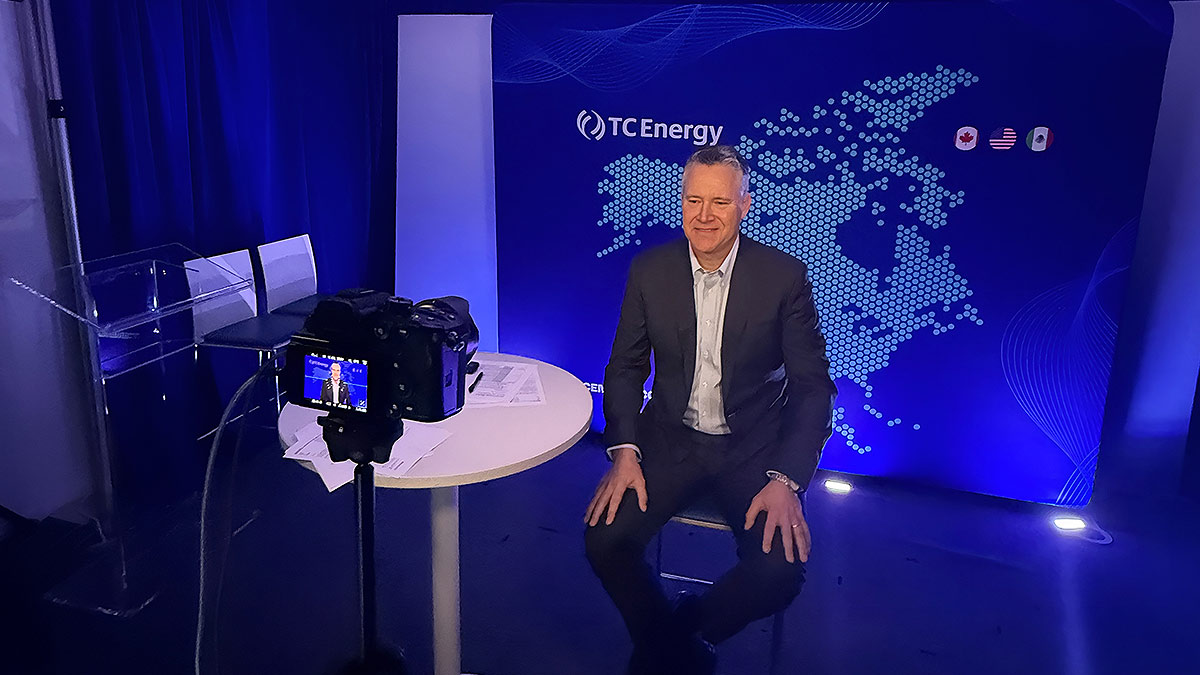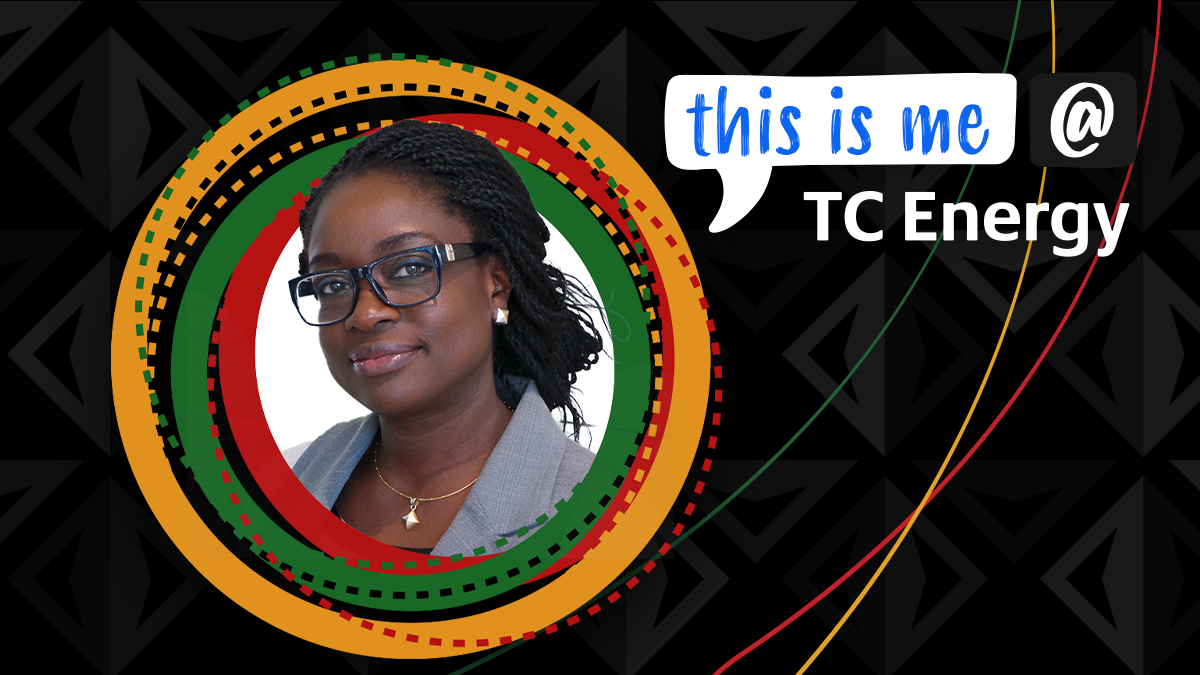Mar 18, 2025
Safety on the cutting edge
How technology is helping us protect communities, and the environment
We all know what goes through our pipelines - oil and natural gas. What isn't as well known are the lengths we go to make sure our pipelines are as safe as possible for the families, businesses and communities they serve.

"In terms of leak detection, there are many layers to the monitoring systems we have in place, from smart pigs and hydrostatic testing to aerial surveillance and investigative digs," says Vern Meier, TransCanada VP of Pipeline Safety and Compliance.
Another layer worth mentioning is the strenuous evaluation of new leak-detection technologies.
Improving Leak-Detection Technology
Like any industry, technologies change and advance in the pipeline business. What doesn’t change is our commitment to protecting the communities we serve. That’s why we work closely with researchers and engineers across the spectrum of leak-detection science.
Over the years, we've evaluated many options - acoustic-detection systems, internal pressure wave-based tools, external cable and fibre optics.
Testing, testing, testing
We take environmental safety seriously, so before any new technology can be implemented, extensive testing is crucial. A good example is a recent year-long evaluation of a new thermal video monitoring system from the company, Intelliview.
Working in tandem with our own engineers and environmental team, their innovative system was recently put through its paces on the Keystone Pipeline System.
Improving site security
How does it work? Intelliview’s system uses video monitoring software to help detect leaks. Beyond leak detection alone, the program also incorporates site security using thermal cameras and a suite of defined analytics.
What's next?
So, what's coming next down the safety pipeline? Whatever it is, you can be certain we'll be testing and evaluating it - strenuously.
Want to learn more about the safety of our pipelines? Visit our Safety page.



